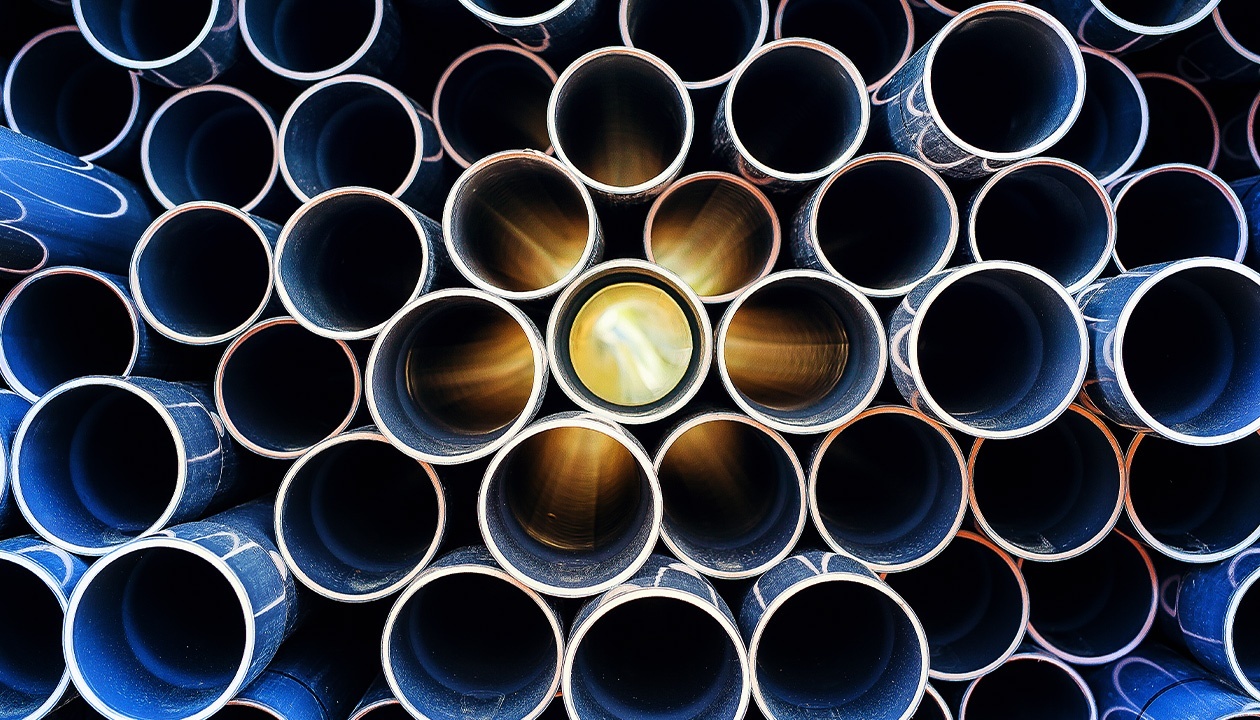Over the last 50 years, trenchless installation methods have grown more sophisticated. Now Canadians can benefit from pipelines that can be installed beneath roads, railways, and rivers without having to dig trenches or open the ground. Thus, trenchless installation can help with decreasing the risk of water pollution, eliminating disturbances to roads and railways, and even addressing environmental concerns.
For some engineering design technicians, their expertise in process piping can help with the creation of safe and cost-efficient trenchless pipelines. Read on to learn more about trenchless installation!
Trenchless Installation Employs Several Non-Disruptive Construction Methods
More traditional pipeline installation methods can sometimes be a bit too invasive, whereas the types of technology that construction companies use for trenchless installation often offers very little disturbance to the surface environment.
For instance, horizontal directional drilling, or HDD involves using a controllable drill that digs into the soil horizontally, or at a curve, whether under a river or railway. After the drill clears a path to the other side, construction teams can set up the pipeline. Using a hydraulic pushing mechanism, construction teams can feed sections of the pipeline through the tunnel to the other side. In other cases, they can use pipe jacking in conjunction with a microtunneling tunnel boring machine to dig the tunnel and install the piping at the same time. Engineering design technicians with a process piping diploma could lend their expertise by generating a 4D BIM model to help simulate this construction process!
Pros with a Process Piping Diploma Can Help Keep Trenchless Pipelines Safe
An important part of installing pipelines via a trenchless method is making sure that they are safe while underground. Using Autodesk Inventor, engineering design technicians may be able to help design teams ensure that oil and natural gas pipelines are equipped with the proper failsafe equipment and are made from the right materials.
Typically, transmission pipelines carrying oil might be made from steel or plastic, although with the risk of tunnel collapses, using steel might be more prudent when working on trenchless designs. For pipelines transporting natural gas, carbon steel is often recommended.
To better monitor potential leaks in an underground pipeline, pipes can benefit from different monitoring and failsafe equipment. For example, some underground pipelines are fitted with sensors that can alert control room technicians of leaks and other issues. Graduates of process piping training could help design teams create pipelines fitted with these sensors, and even simulate virtual tests to ensure they will work as expected.
Trenchless Pipelines Make Pipe Rehabilitation More Cost Effective!
Apart from the benefit of limiting disturbances to local business, trains, and residential areas, trenchless installation methods can save money on pipeline rehabilitation. It’s only a matter of time before underground pipelines wear out and need replacing, but digging a large trench in order to do so can be expensive.
Trenchless rehabilitation methods, such as sliplining, can be much more cost-efficient. Sliplining involves attaching small pipe segments, called carrier pipes, into the original “host pipe.” This can be accomplished by either pulling or pushing the carrier pipe into the host pipe and sealing any gaps between them with grout.
The result is that by using trenchless rehabilitation methods like this, costs can be cut substantially. You could help by lending your knowledge of process piping drafting to projects as an engineering design technician!
Are you ready to start your career in the oil and gas industry?
Fill out the form to get started!



